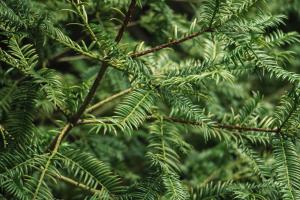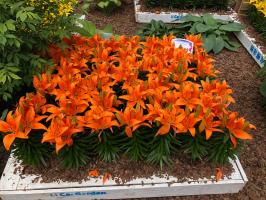1、 Curing method
1. Temperature: spring grass does not like high temperature, and warmth is the most suitable. Generally speaking, it can be between 15 and 25 degrees. In winter, the lowest winter temperature is zero. However, plants will grow in winter, so it's best to regulate the temperature, between 10 and 20 degrees. When it is hot in summer, it will sleep
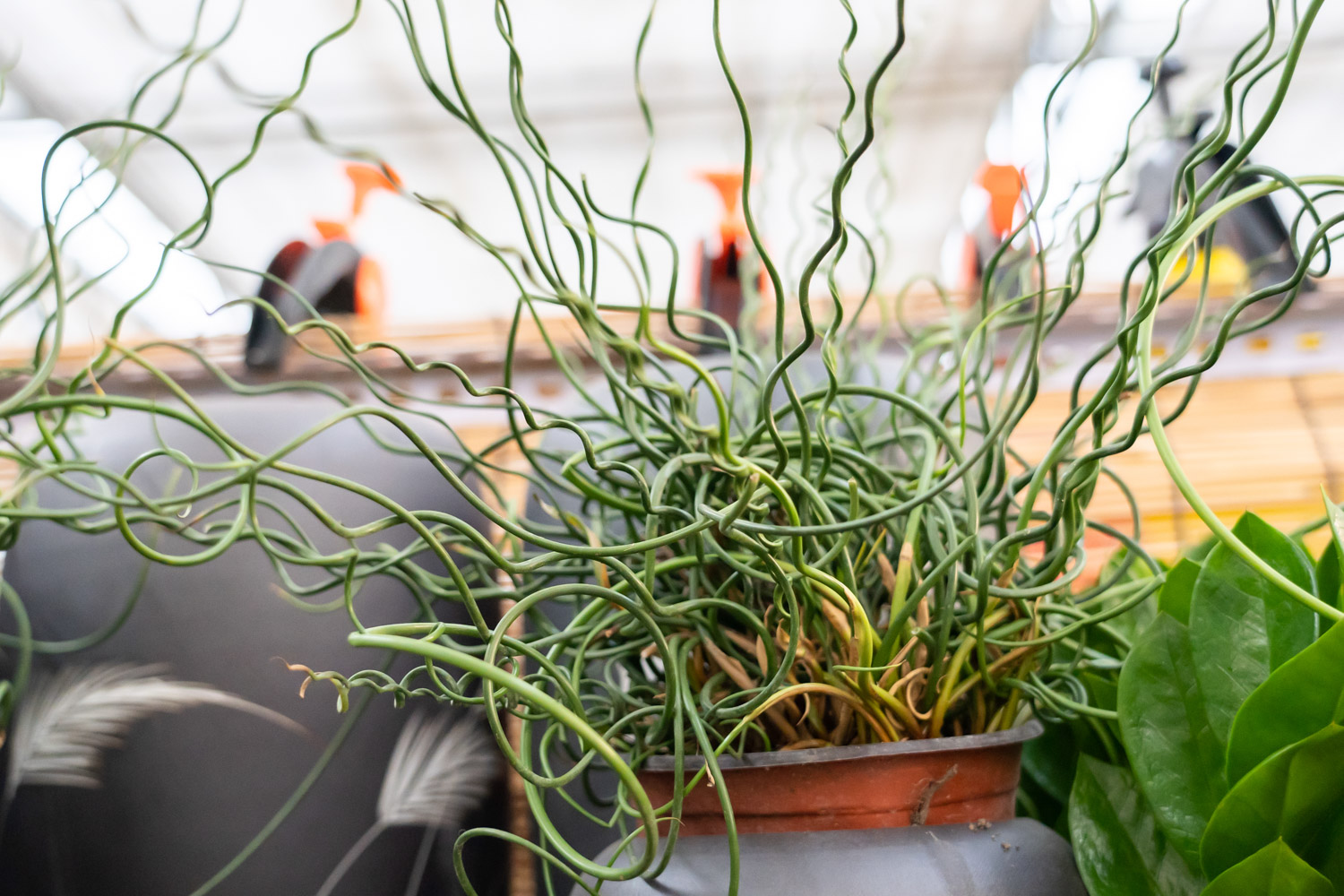
2. Light: spring grass has high requirements for light, but too strong light will do harm to it. Generally speaking, from April, it needs to be shaded to avoid strong light. However, it should not be too shaded, and there must be appropriate astigmatism
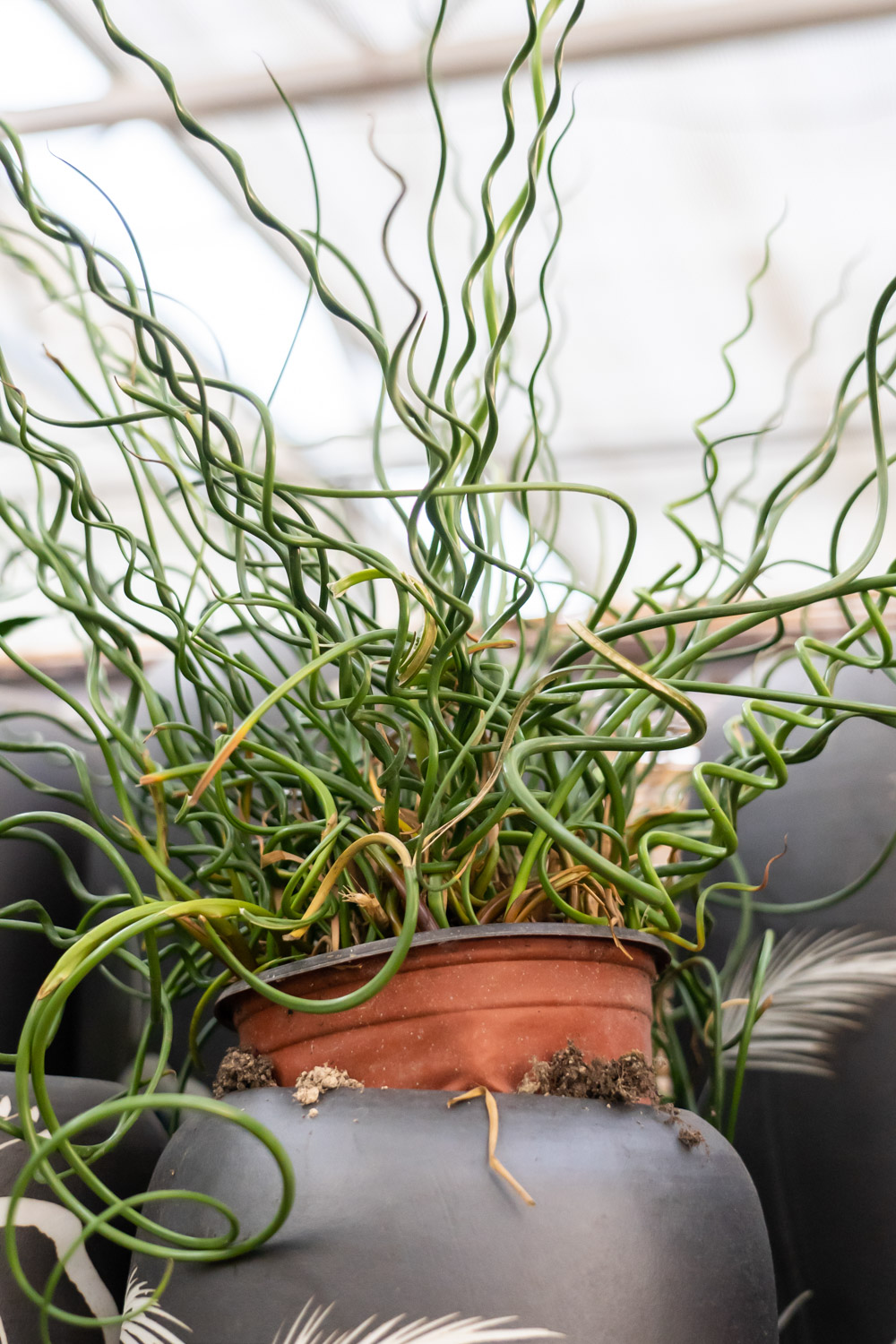
3. Watering: spring grass has good drought tolerance, and it is afraid of waterlogging. Therefore, keep the basin soil slightly wet and do not accumulate water. When it is rainy, it is also necessary to prevent rain and drainage
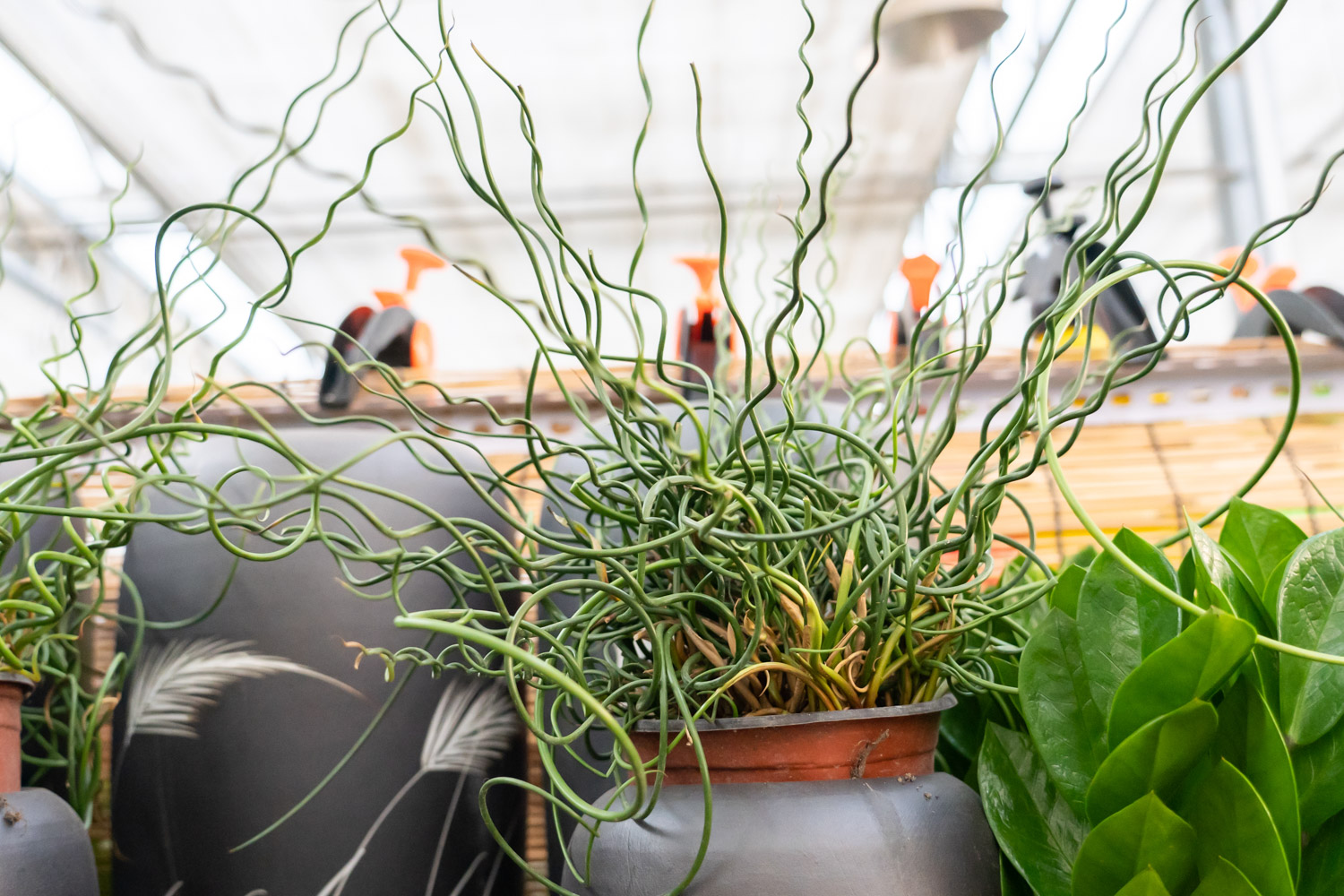
4. Fertilization: because the habit of spring grass is different from that of other plants, it grows vigorously from October to April of the next year, so there is a demand for fertilizer at this stage. But not too much. Just once a month

2、 Breeding skills
1. Reproduction: ramets can be used. The method is simple and has a high probability of success. Directly select healthy and vigorous bulbs and cut off the small bulbs growing near them. Then, prepare a good quality substrate, and then plant it
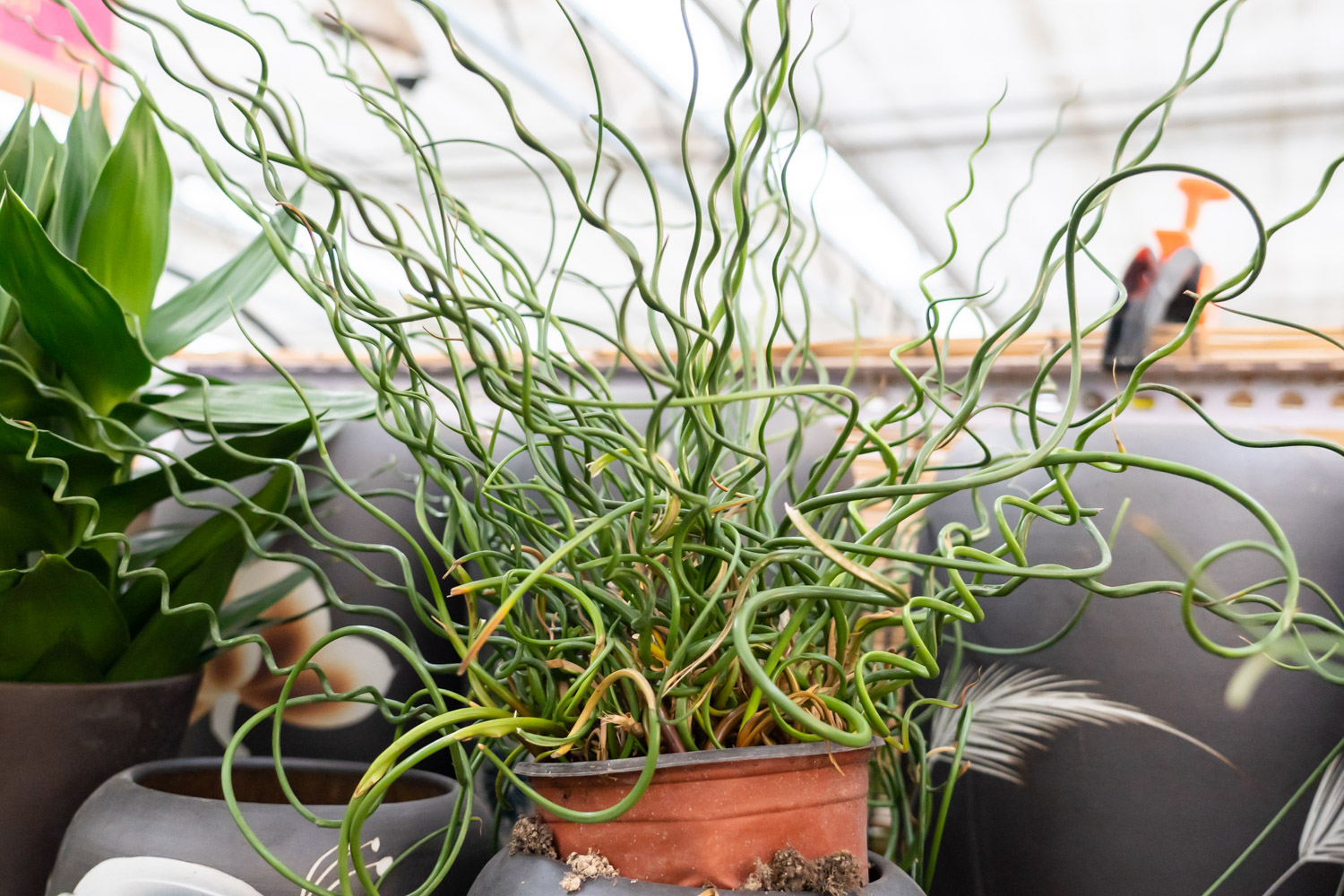
2. Change basin: Generally speaking, the basin should be changed once a year, and it is most appropriate to do it at the end of August. Fertile, drained and breathable soil shall be selected. For example, rotten leaf soil, peat soil, vermiculite and sand can be used in the proportion of three to three to two to two. Then, an appropriate amount of bone powder can be added. While changing the basin, you can also cut off the rotten heel. After changing the basin, it needs to be poured thoroughly

3、 Problem diagnosis and treatment
1. Disease: there may be "anthrax" occasionally. The diseased part shall be cut off in time, and then chlorothalonil shall be used. Compared with pests, diseases are relatively few

2. Insect pests: there are often "snails", "nematodes" and other pests, which will harm bulbs. During planting, the substrate needs to be disinfected in advance. "Carbofuran" can be used to kill insects

4、 Other issues
1. Toxicity: it has certain toxicity, but as long as you don't eat it, there will be no harm

2. Whether it can be raised at home: it is an ornamental plant, which can be raised at home. Just be careful not to eat by mistake


 jackfruit
jackfruit snake plant
snake plant hibiscus
hibiscus hydrangea
hydrangea lavender
lavender Green roses climb al...
Green roses climb al... If you don't pay att...
If you don't pay att... Management of four g...
Management of four g...


